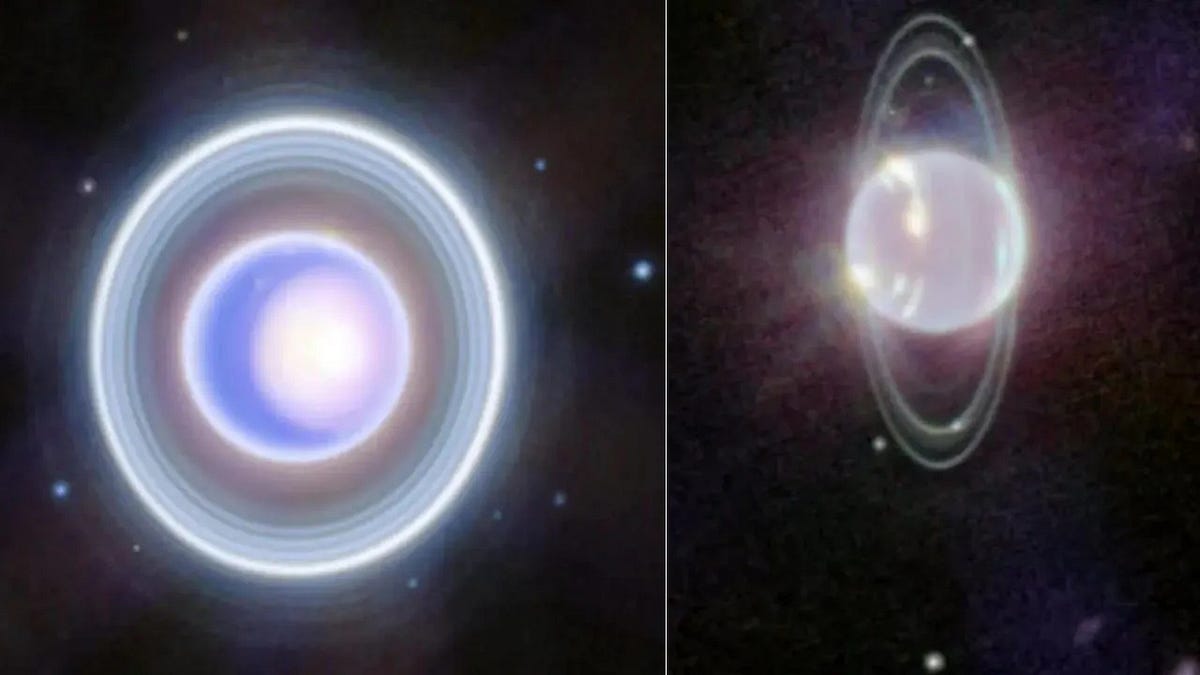Once every 12 years, Earth, Jupiter, Uranus, and Neptune all line up, opening a window for a joint mission. Our next chance arrives in 2034.
Here in the 21st century, we’ve learned so much more about our Universe than we could have imagined even just a single generation ago. Back in 1990, we hadn’t discovered any planets orbiting stars beyond our own Solar System; today, we’re closing in on 6000 confirmed exoplanets. Back then, the only prospects for life beyond Earth were potential microbes on planets or moons in our backyard; now, we know of scores of stars that may host living worlds around them. And a number of missions that didn’t just image the other planets and/or moons from afar, but orbited, probed, or even landed on them to explore them have occurred, teaching us about the complex chemistry and composition of worlds that are wildly different from our own.
Over all the time that’s passed since the Voyager missions, however, there are two major planets in our Solar System that remain unexplored from up close — unvisited — since the late 1980s, when Voyager 2 flew by them. Uranus and Neptune, the smallest gas giants in the Solar System and the closest analogues we have to the most common type of exoplanet found…

